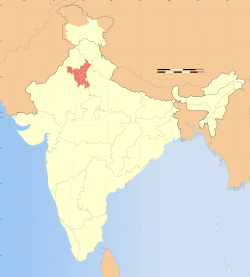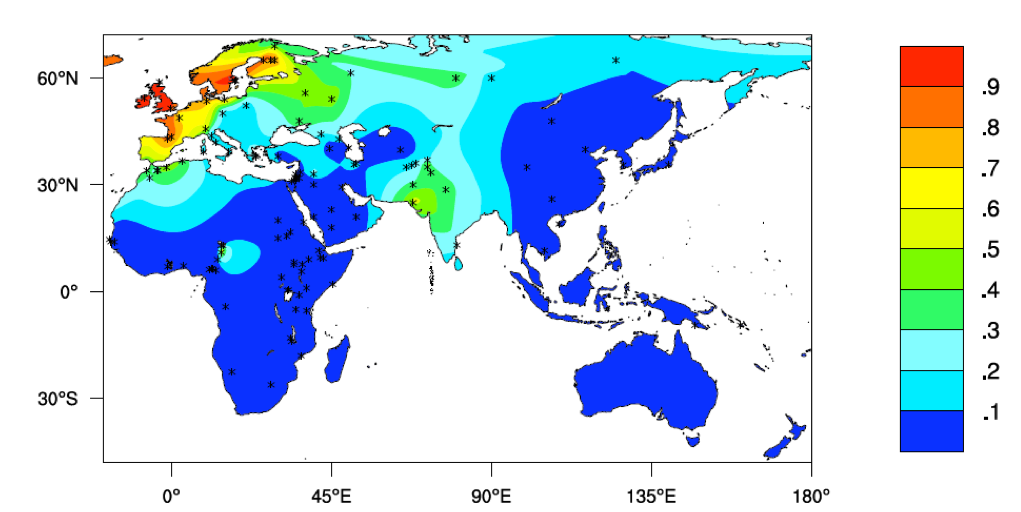Thanks Angela. I didn't have time to go through the papers, but I really enjoyed synthesis of it during the presentation on youtube, from Dr Michael Franchetti.
Very interesting use of wheat grains during funeral although it wasn't consumed or grown by these people. The effort was great to bring these grains from South Asia. Interesting was a coment during question period that the grain could have been used for making beer like alcohol. One thing is certain that grain was something precious to be shared with deceased. Alcoholic drink can explain a great value they've put in this ritual. Although no alcohol residue was found so far in ceramics.
There was also a nice synthesis of diet of central asiatic cultures. This actually goes in face of hypothesis that Indo Europeans had come from India or Near East. If farmers moved from south to north they would have tried to lead their agricultural ways of life. We can't see it in any of this central asian cultures. The continuity of these cultures reach 4,000 BCE into BC and they were strictly pastoralists nomads. When we go to Europe we also can't see any farmers turning strictly pastoralists when migrating north. Honestly who would go north to change successful way of life if one can't grow wheat there, and from building first civilizations, to becoming wandering and poorer nomads. I think so far we don't have even one example of such transformation. Once you become a farmer there is no going back. That's pretty much a nail in a coffin of out of Indo Europeans coming out of India, or Fertile Crescent.
It is more natural and logical for poorer nomads invading the rich South, the rich farmers, becoming a ruling class and living from work of farmers. Such thing is attested by pastoralist Mongols and their invasion of the rest of Eurasia. They have even slowly became farmers in some places, places like south Ukraine and Crimea.
I agree with much of this, but I think a close reading of Dr. Franchetti's work presents some problems for the Anthony model of a movement straight across the steppe from west to east for all these cultures.
Just as a general proposition, this notion that the steppe is this flat unimpeded expanse of grass is inaccurate. It is crossed by mountains, gorges and rivers etc., and different societies formed in different regions. The "Kurgan" culture of the Ukraine is very different on any number of levels from that of the eastern and south-eastern regions.
Franchetti's findings, if correct, (and I don't see how they can be assailed) also show that there was a fully formed pastoralist society in Begasa far earlier than the standard model would propose.
The "Tocharians", or more precisely that society which we are assuming spoke Tocharian, is substantially different from the surrounding societies, and may have a very different source.
The proposed movement of culture (and/or peoples) from Abanasievo to the Tarim Basin is very problematical given the current state of the evidence.
It seems that some people have moved from pots are not people, to pots are always people. I don't think that either is accurate. It depends on the individual situation.
At the very least, there are multiple possible sources for these cultures, not all of them coming from the north and the west.
The route along the alluvial fans to the southeast of the Caspian and then northeast along the "Inner Asian Corridor" is highly unlikely to have only been used during this period (or the subsequent Silk Road period). Instead, it has probably been used in both directions from time immemorial, which is very interesting from a genetic perspective, when looking at the genesis and movement of the various "R1a" sub-lineages.






